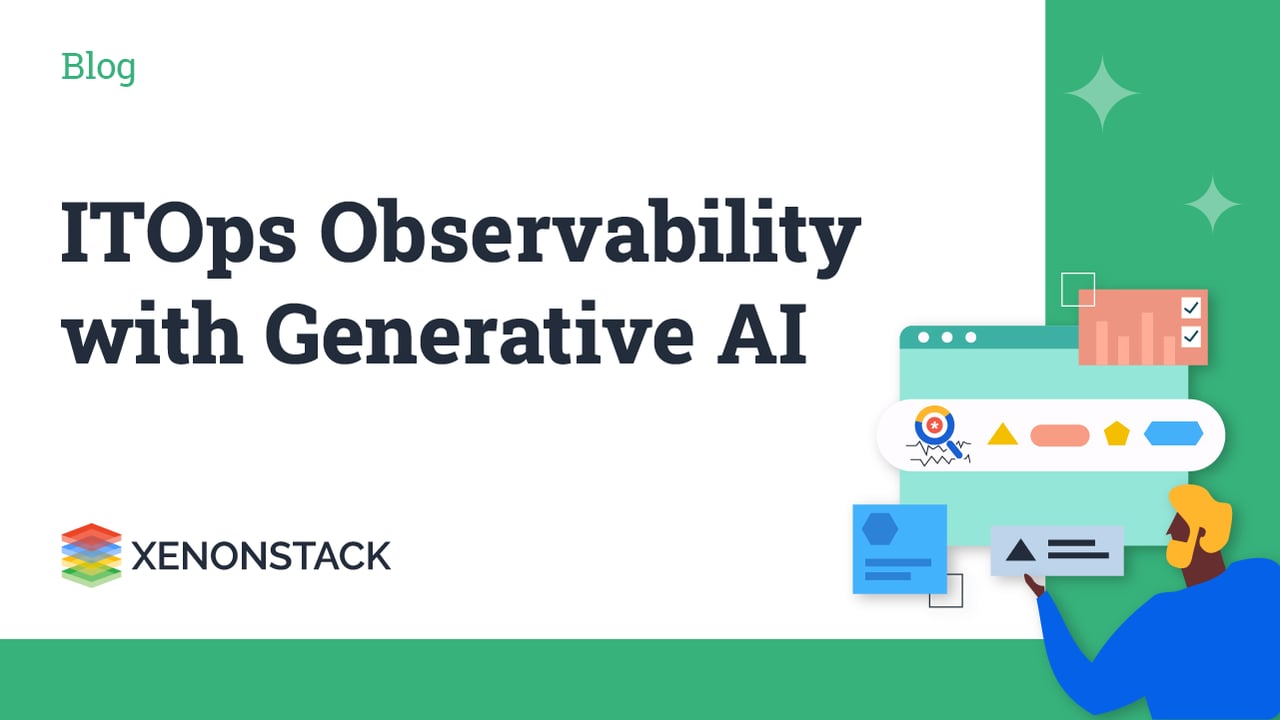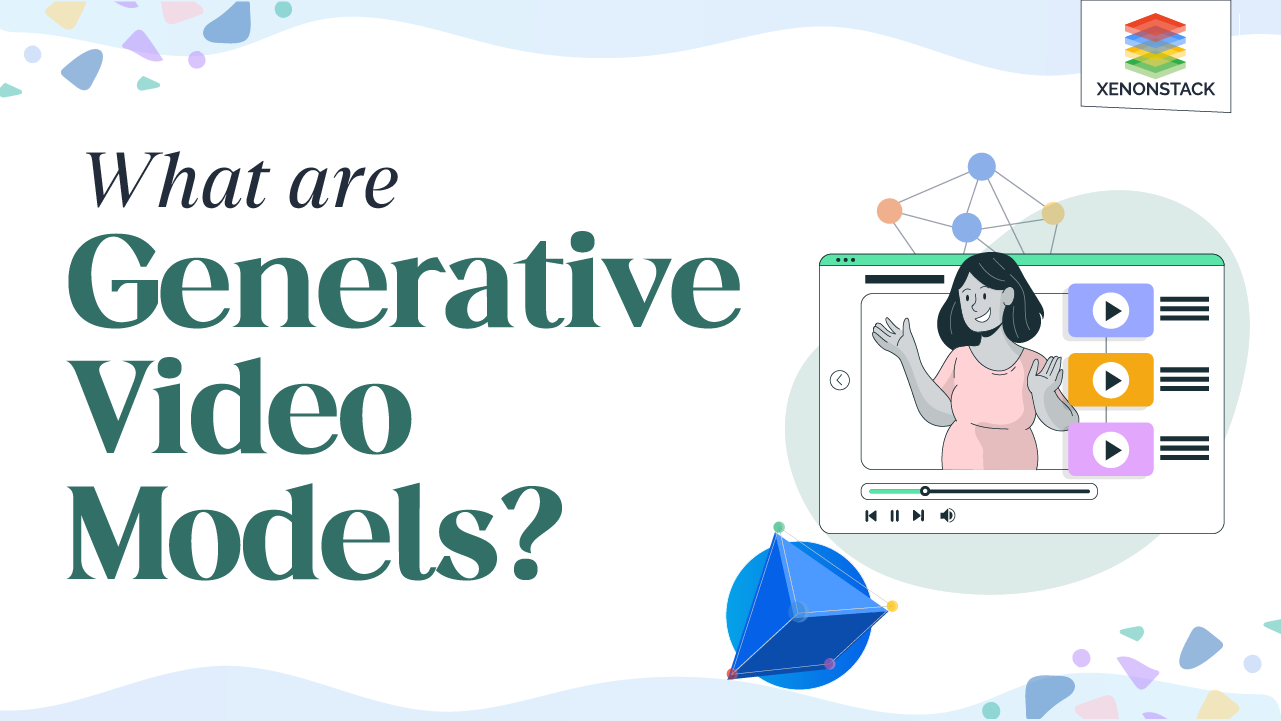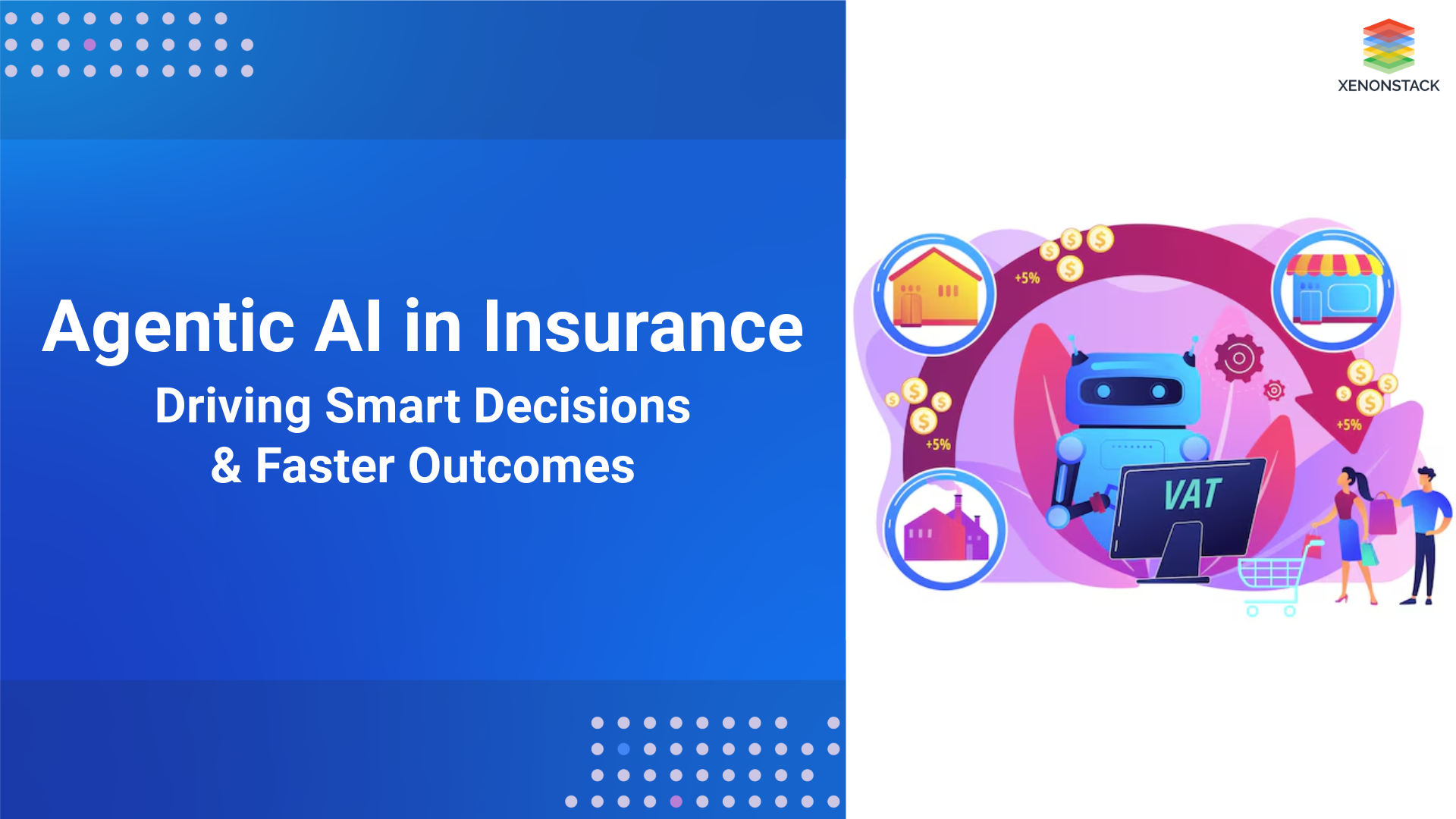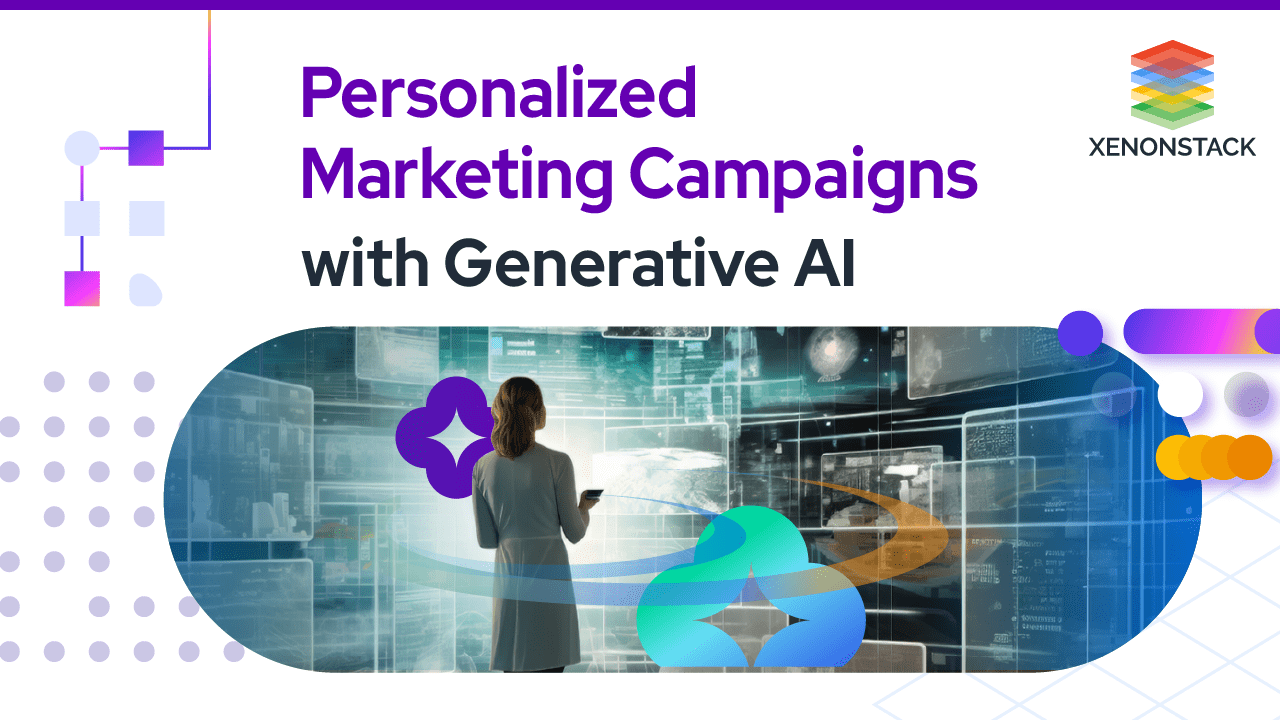
Introduction
In the ever-evolving landscape of IT operations (ITOps), observability plays a pivotal role in ensuring the smooth functioning of complex systems. With the proliferation of distributed applications, microservices, and hybrid cloud environments, the need for robust observability tools has never been greater. Enter Generative AI, a technology that has been making waves across various industries, including ITOps. In this blog, we’ll examine how AI is changing ITOps visibility and how it’s changing the way organizations track and manage their infrastructure.
What is ITOps Observability?
ITOps observability refers to the ability to gain insights into the inner workings of an IT system by collecting and analyzing data from various sources, including logs, metrics, traces, and more. Traditionally, observability has relied on manual analysis and rule-based monitoring systems. While these methods are effective to some extent, they need to improve handling the complexity and scale of modern IT environments.
The Role of Generative AI in ITOps
Generative AI, powered by machine learning and deep learning algorithms, brings a new level of sophistication to ITOps observability. Here are some ways in which it is transforming the field:
Anomaly Detection
-
Generative AI models can learn an IT system's expected behavior and identify anomalies that deviate from the expected patterns.
-
By analyzing vast amounts of data in real time, these models can detect subtle anomalies that might go unnoticed by traditional monitoring tools.
Predictive Analysis
-
Generative AI can predict potential issues before they escalate into critical problems.
-
Analyzing historical data and current trends can provide IT teams with actionable insights, enabling them to address issues proactively and reduce downtime and service disruptions.
Root Cause Analysis
-
When an issue does occur, Generative AI can assist in root cause analysis.
-
It can trace the complex interactions between different components of an IT system and pinpoint the exact source of a problem, speeding up the troubleshooting process.
Natural Language Processing (NLP) for Log Analysis
-
Generative AI models equipped with NLP capabilities can analyze unstructured log data more effectively.
-
They can transform logs into structured information, making it easier for IT professionals to understand and act upon the information contained in logs.
Automation and Self-Healing
-
Generative AI can enable the automation of routine ITOps tasks.
-
It can even trigger self-healing mechanisms, where the system can identify and correct issues without human intervention, improving overall system reliability.
Challenges and Considerations
While Generative AI offers significant benefits to ITOps observability, there are challenges to consider:
Data Quality
-
Generative AI models heavily rely on data quality and quantity. Poor data can lead to inaccurate results.
-
Organizations must invest in data hygiene practices and ensure data sources are well-maintained.
Model Interpretability
-
The inner workings of deep learning models can be complex and challenging to interpret.
-
Ensuring transparency and interpretability of AI-generated insights is crucial for trust and compliance.
Skillset and Training
-
ITOps teams may require training to leverage Generative AI tools effectively.
-
Acquiring the necessary skills to manage and interpret AI-generated insights is essential
Conclusion
Generative AI is ushering in a new era of ITOps observability. By harnessing the power of machine learning and deep learning, organizations can gain deeper insights, detect anomalies, predict issues, and automate tasks like never before. This technology is not a replacement for human expertise but a powerful tool that empowers ITOps teams to be more proactive, efficient, and effective in managing complex IT ecosystems. As organizations continue to adopt Generative AI for ITOps observability, they position themselves to thrive in the rapidly evolving world of technology.
-
Read about Generative AI for ITOps
-
Learn more about Generative AI for Data Visualization



